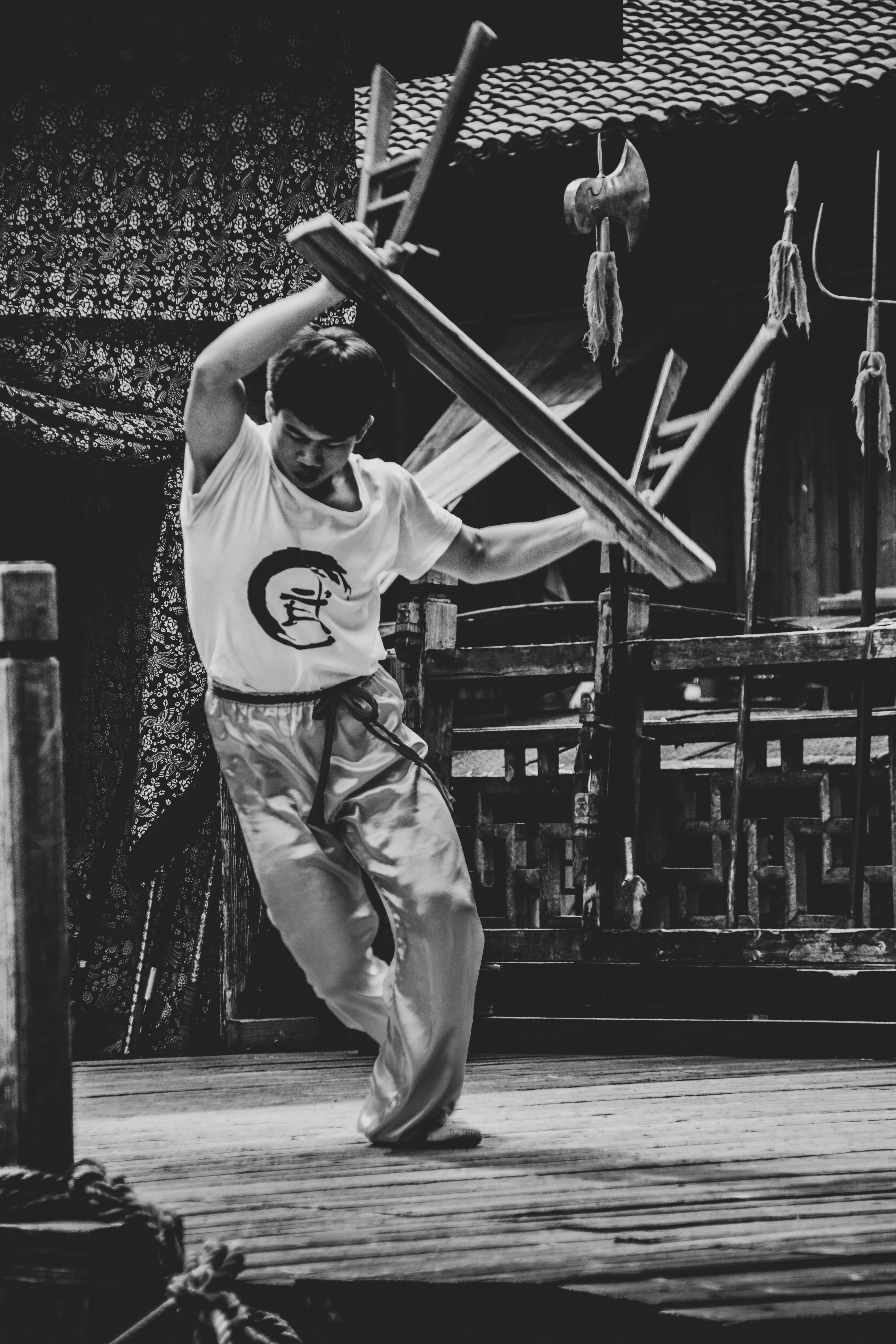Motion tracking technology has emerged as a pivotal advancement in various fields, including sports and martial arts training.
At its core, motion tracking involves the analysis of movement patterns through the application of sophisticated algorithms and processes.
This technology establishes a comprehensive framework for capturing an individual’s actions in real-time, which is essential for enhancing performance and correcting technique.
In martial arts, particularly Wing Chun, the importance of precision and fluidity in techniques cannot be overstated.
By integrating motion tracking systems, practitioners can benefit from detailed feedback on their form and execution.
Two prevalent methods employed in motion tracking include computer vision and sensor technology.
Computer vision utilizes cameras to interpret motion through image processing, effectively distinguishing the various movements of the body.
This method allows for the capture of subtleties in posture and dynamics, which are crucial in disciplines like Wing Chun that emphasize the importance of stance and balance.
On the other hand, sensor technology employs devices such as accelerometers, gyroscopes, and motion sensors to gather data regarding an individual’s movements.
These sensors can relay information about speed, angle, and force, providing insights that are difficult to achieve through visual analysis alone.
When used in combination with computer vision systems, the result is a comprehensive understanding of the practitioner’s movements, enabling targeted improvements in technique.
Incorporating motion tracking into martial arts training regimens presents multiple benefits.
Not only does it assist in identifying areas for improvement, but it also enhances training efficiency by providing instant feedback.
This immediate response allows practitioners to make adjustments in real-time, fostering a more adaptive learning environment.
Hence, motion tracking technology stands out as an invaluable tool in the quest to master disciplines like Wing Chun, ensuring adherence to proper techniques and promoting overall skill development.

Videos are added as random thoughts 💭 💭.
The Role of AI in Analyzing and Correcting Techniques
Artificial intelligence (AI) has revolutionized various fields, and its application in motion tracking for Wing Chun is no exception.
By utilizing advanced algorithms and data analysis techniques, AI systems can effectively analyze the movements of practitioners, providing them with real-time feedback that is crucial for perfecting their form.
Wing Chun, a martial art that emphasizes precision, control, and technique, can greatly benefit from this technology, which not only accelerates the learning process but also helps in identifying areas that require improvement.
Motion tracking systems equipped with AI capabilities collect data on a practitioner’s movements, including speed, angle, and force exerted during each technique.
This data is then processed using machine learning algorithms, which are designed to detect common mistakes in the execution of movements.
For instance, the AI can identify if a practitioner’s stance is too wide or if their posture deviates from the optimal alignment required for effective strikes.
By recognizing these inconsistencies, AI can suggest corrective measures tailored to individual practitioners, thus enhancing their training regimen.
Furthermore, this integration of technology enables practitioners to receive immediate feedback, which is vital for reinforcing proper techniques.
Traditional training methods may sometimes lead to the reinforcement of incorrect habits due to a lack of timely corrections.
AI addresses this challenge by providing instant evaluations, allowing students to adjust their techniques in real-time.
The technology not only streamlines the training process but also fosters a deeper understanding of the mechanics involved in each movement, thereby improving overall performance in Wing Chun.
As AI continues to evolve, its potential to further enhance the learning experience for Wing Chun students is immense.
The ability to track and analyze minute details of movement in real-time will likely lead to more refined practices, ensuring that practitioners develop a strong proficiency in their art form.
Practical Applications and Future of AI in Wing Chun Training
Artificial intelligence (AI) has begun to make significant inroads into various domains, and martial arts, particularly Wing Chun, is no exception.
With the advent of AI-powered motion tracking technology, practitioners can now receive instant feedback on their form, resulting in enhanced training experiences.
Users report that the immediate correction of techniques not only boosts their confidence but also accelerates their learning curve.
This technology continuously evaluates movements, identifying flaws and suggesting adjustments through visual cues or verbal prompts, thereby aiding in the mastery of complex techniques.
Feedback from trainers indicates that integrating AI tools into Wing Chun training has led to more effective coaching sessions.
Trainers can focus their attention on strategic aspects of training while relying on AI to monitor students’ physical execution.
This partnership allows for tailored training plans based on individual weaknesses identified by the system, thus fostering a personal learning atmosphere despite operating in group settings.
As we look to the future of AI applications in Wing Chun, it is essential to consider advancements in sensor technologies, algorithms, and user interface design.
Such improvements could further enhance the interaction between AI systems and martial artists, making the technology more accessible and easier to use.
Moreover, as AI learns from a more extensive database of movements and errors, the potential for personalized coaching also increases.
However, challenges persist.
Ensuring the accuracy of motion tracking in various environments can be complex, and issues surrounding data privacy and technology accessibility need to be addressed.
Despite these obstacles, the implications of AI in martial arts education are profound.
The continual integration of AI-powered tools promises to revolutionize Wing Chun training, offering practitioners new avenues to refine their skills and mastery in the art,
while contributing to the broader landscape of self-defense training and education.



